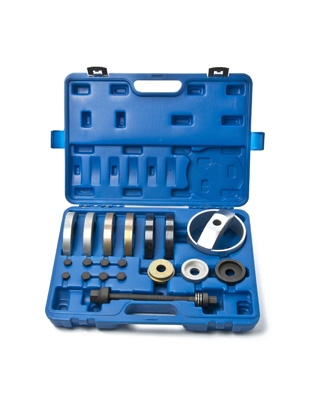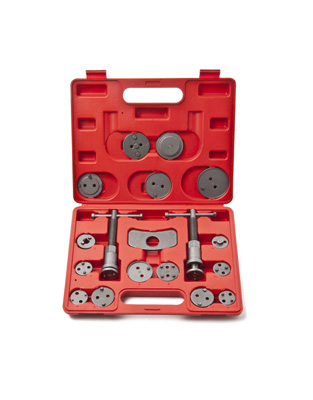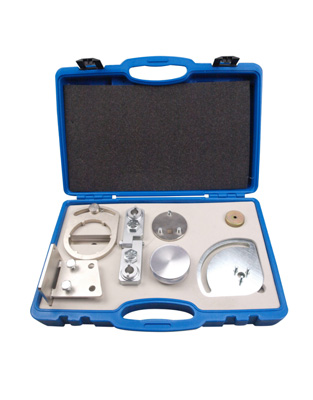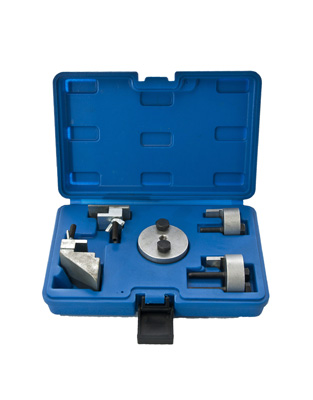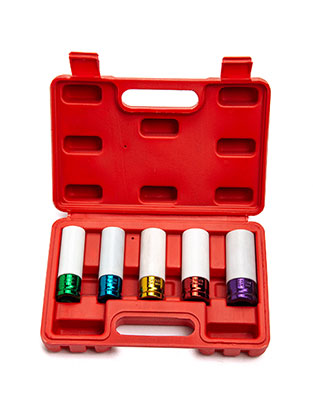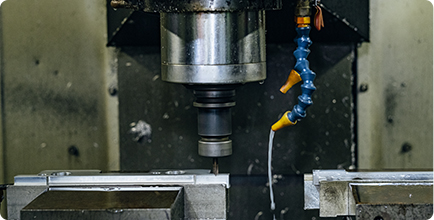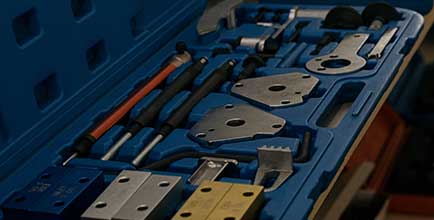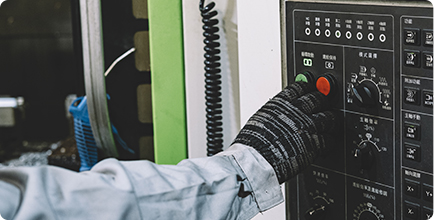Understanding the Importance of Proper Spring Removal
Springs are an integral part of various mechanical systems, providing elasticity and tension for smooth operations. However, there are times when you need to remove or replace a spring, which can be a challenging task without the right tools. In this article, we'll delve into the significance of proper spring removal and explore the tools that make this task easier and safer.
The Versatility of Spring Removal Tools
Spring removal tools come in various shapes and sizes, designed to cater to different types of springs and applications. Whether you're working on a car suspension system, household appliances, or industrial machinery, having the right tool can save you time and effort. We'll examine some common types of spring removal tools and their applications.
Tips for Safe and Effective Spring Removal
Working with springs can be dangerous if not done correctly. In this section, we'll provide essential tips for safe and effective spring removal. By following these guidelines, you'll not only protect yourself but also extend the life of your springs and equipment.
Springs play a critical role in many mechanical systems, offering elasticity and tension to ensure proper functioning. However, there are occasions when springs need to be removed or replaced, and this task can be quite challenging without the appropriate tools. In this article, we'll explore the importance of proper spring removal, delve into the versatility of spring removal tools, and provide essential tips for safe and effective spring removal.
Understanding the Importance of Proper Spring Removal
Springs are used in a wide range of applications, from vehicle suspension systems and industrial machinery to everyday household items. Over time, they may wear out or become damaged, necessitating their removal and replacement. When handling springs, it's crucial to understand the significance of proper removal to ensure both safety and functionality.
Improper spring removal can lead to accidents, injuries, or damage to the springs themselves. Using makeshift tools or inappropriate techniques can result in springs suddenly releasing their tension, which can be dangerous. Additionally, incorrect removal methods can cause irreversible damage to the spring or the surrounding equipment.
The Versatility of Spring Removal Tools
Spring removal tools come in various forms, each tailored to specific types of springs and applications. Here are some common types of spring removal tools:
Coil Spring Compressors: These tools are commonly used in automotive applications to safely compress and remove coil springs from shock absorbers. They prevent the spring from releasing its tension abruptly.
Cotter Pin Pullers: Ideal for removing cotter pins that secure springs in place, these tools make quick work of a task that can otherwise be tedious and challenging.
Torsion Spring Winding Bars: Torsion springs often require winding and unwinding for installation and removal. These bars provide a safe way to apply or release tension without risking injury.
Spring Pliers: Spring pliers offer a firm grip and controlled handling when dealing with small or tightly wound springs, such as those found in household appliances.
Extension Spring Hook Pullers: These tools assist in removing extension springs by securely gripping the hook and allowing for controlled extension without sudden release.
Having the right tool for the job simplifies spring removal and significantly reduces the risk of accidents. Additionally, it ensures the longevity of both the springs and the equipment they are part of.
Tips for Safe and Effective Spring Removal
Safety Gear: Always wear appropriate safety gear, such as gloves and safety glasses, when working with springs. This protection can prevent injuries if a spring accidentally releases tension.
Secure Work Area: Ensure your work area is well-lit, organized, and clutter-free to avoid tripping hazards and improve your focus on the task.
Read Manuals: If you are working with a specific piece of equipment, consult the manufacturer's manual for guidance on safe spring removal procedures.
Use the Right Tool: Select the appropriate spring removal tool for the type of spring you are handling. Trying to make do with makeshift tools is not only inefficient but also dangerous.
Work with Caution: Approach spring removal with care and patience. Slow, controlled movements reduce the risk of accidents.
Double-Check Tension: Before removing a spring, double-check its tension and take precautions to release it gradually if necessary.
In conclusion, the proper removal of springs is essential for safety and the longevity of your equipment. Utilizing the right spring removal tools, understanding their versatility, and following safety guidelines will make the process much more manageable. When it comes to spring removal, remember that safety should always be your top priority.
 EN
EN










